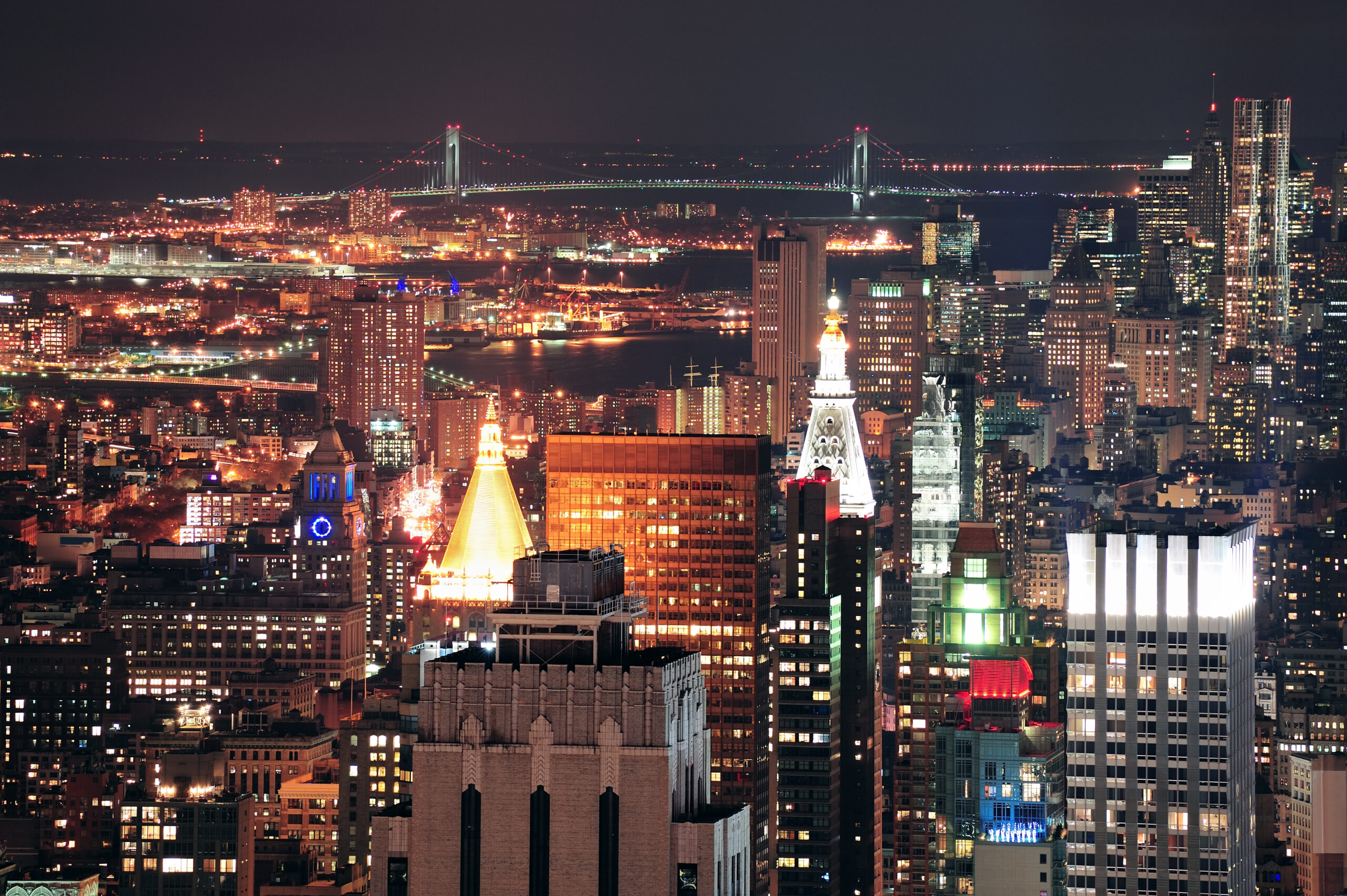Top 6 Most Beautiful and Sustainable Airports in the World for 2025: Where Design Meets Eco-Innovation
Airports are evolving beyond utilitarian travel hubs—they’re now celebrated architectural landmarks reflecting a commitment to sustainability, local culture, and passenger wellness. The 2025 edition of the Prix Versailles, the prestigious global architecture and design award, has spotlighted six international airports that seamlessly blend stunning aesthetics with eco-conscious engineering.
These airports redefine what it means to travel responsibly in an era where sustainability is paramount. From timber-clad terminals echoing lush forests to energy-efficient facilities that honor local heritage, here are the six most beautiful and sustainable airports reshaping global aviation infrastructure.
1. Yantai Penglai International Airport, China 🇨🇳
Architects: Aedas, CSWADI, Shanghai New Era Airport Design
Terminal: T2
Topping the 2025 Prix Versailles list is the breathtaking Yantai Penglai International Airport Terminal 2, located in China’s Shandong Province. Spanning over 167,000 square meters, its E-shaped layout facilitates optimal passenger flow while embracing biophilic design. Inspired by the nearby Kunyu Mountain, the terminal’s undulating rooflines mimic the region’s natural topography.
What makes it particularly innovative is its use of sustainable materials and abundant natural lighting. The interior features wooden structures reminiscent of maritime ship hulls, a nod to Yantai’s role in the Maritime Silk Road. The terminal stands as a symbol of regional pride and sustainable progress.
2. Marseille Provence Airport, France 🇫🇷
Architects: Foster + Partners
At second place, Marseille Provence Airport has undergone a major sustainable renovation. With a 22,000-square-meter terminal expansion, this southern France gateway incorporates 70% recycled steel, natural ventilation, and large glass façades offering panoramic views of the Provençal hinterland and maritime lagoon.
Echoing the architecture of Marseille’s Old Port, timber canopies and boat house-style structures offer travelers a sense of regional identity. The terminal cleverly integrates the original 1960s design with the 1990s work of architect Richard Rogers, resulting in a harmonious blend of past and present—sustainably.
3. Roland Garros Airport, Réunion Island 🇷🇪
Architects: AIA Life Designers
Roland Garros Airport, nestled on Réunion Island in the Indian Ocean, places third with its bioclimatic Arrivals Terminal—a first of its kind. Designed to adapt to the island’s tropical climate, the 13,000-square-meter terminal uses a central canyon as a natural thermal chimney, enhancing airflow and reducing energy use.
The use of 830 smart shutters that adjust in real-time based on temperature and humidity creates a sensor-based passive climate control system. Impressively, 91% of the construction involved local businesses, promoting community empowerment while fostering environmental harmony.
4. Kansai International Airport, Japan 🇯🇵
Restoration Design: Populous
Original Design: Renzo Piano
One of the world’s iconic aviation structures, Kansai International Airport in Osaka Bay, celebrates its renewal while honoring its legacy. Originally designed by Renzo Piano in the 1990s, the restored Terminal 1 increases capacity by 25% and enhances the passenger journey with a blend of Japanese aesthetics and modern function.
From tatami-inspired flooring to local timber interiors, the updated terminal delivers an authentic cultural experience. A new smart queue management system reduces wait times, reaffirming Kansai’s place as a leader in functional and elegant aviation design.
5. Portland International Airport, USA 🇺🇸
Architects: ZGF Architects
Fifth on the list is Portland International Airport (PDX), widely acclaimed for its new forest-inspired main terminal. The 36,000-square-meter structure features an undulating mass timber roof, using locally sourced wood through a “forest-to-frame” approach that ensures supply chain traceability.
With natural light, views of the Pacific Northwest’s forests, and stress-reducing design, PDX offers travelers a calm, immersive experience. It’s not only a functional space but also a powerful statement on regional identity and climate-resilient architecture.
6. San Francisco International Airport Terminal 1, USA 🇺🇸
Design Partner: Gensler
In sixth place, San Francisco International Airport (SFO) Terminal 1 showcases how green building practices can coexist with cultural storytelling. The redesigned terminal slashes carbon emissions by 79% and energy consumption by 59%, setting new standards in American airport sustainability.
Terminal 1 also hosts the SFO Museum, the only accredited airport museum in the world. Exhibits highlight the Bay Area’s diversity, and the terminal itself honors Harvey Milk, California’s pioneering LGBTQ+ rights activist. The blend of carbon-conscious design and social impact makes it a standout model in global aviation.
Sustainability Beyond Aesthetics: Airports of the Future
These six airports are not just visually striking—they’re leading examples of how sustainable design can be practical, regional, and transformative. Governments and private airport authorities are increasingly prioritizing LEED certifications, carbon neutrality goals, and community-based design approaches, as highlighted by the International Civil Aviation Organization (ICAO) and Airports Council International (ACI).
With aviation expected to rebound to pre-pandemic levels and beyond, green infrastructure will be critical in minimizing climate impact. These airports, by embracing beauty and sustainability together, are reshaping the traveler experience while safeguarding the planet.
For more travel news like this, keep reading Global Travel Wire



















